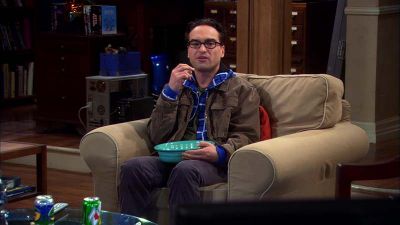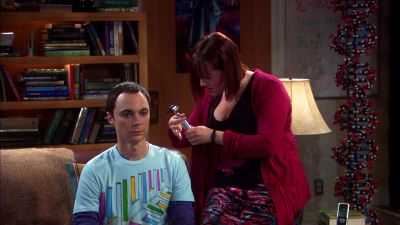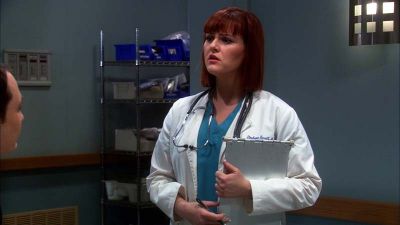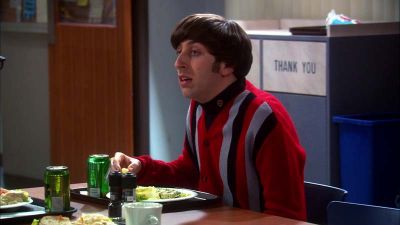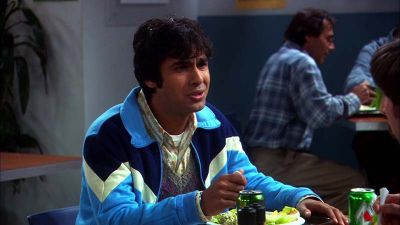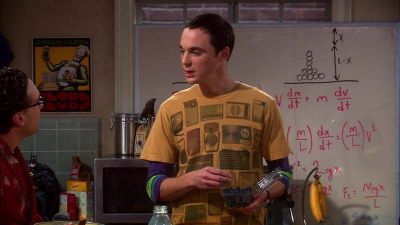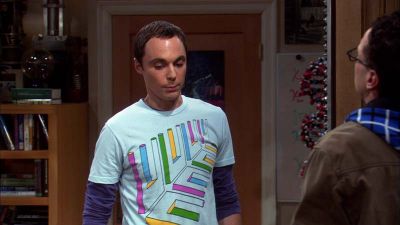Difference between revisions of "Building Narrative (Discussion)"
From Screenpedia
Jump to navigationJump to search (→Bibliography: updated) |
|||
| (9 intermediate revisions by the same user not shown) | |||
| Line 11: | Line 11: | ||
<gallery widths=400px heights=300px perrow=2 > | <gallery widths=400px heights=300px perrow=2 > | ||
| − | Image:BigBangTheory20081117qq00_00_15qq00003.jpg|''' | + | Image:BigBangTheory20081117qq00_00_15qq00003.jpg|'''Group 3:''' Leonard Hofstadter (Johnny Galecki) |
| − | Image:BigBangTheory20081117qq00 00 03qq00001.jpg|''' | + | Image:BigBangTheory20081117qq00 00 03qq00001.jpg|'''Group 4:''' Sheldon Cooper (Jim Parsons) |
Image:BigBangTheory20081117qq00 04 38qq00068.jpg|'''Group 5:''' Penny (Kaley Cuoco) | Image:BigBangTheory20081117qq00 04 38qq00068.jpg|'''Group 5:''' Penny (Kaley Cuoco) | ||
Image:BigBangTheory20081117qq00_10_10qq00163.jpg|'''Group 6:''' Dr. Stephanie Barnett (Sara Rue), hospital scene | Image:BigBangTheory20081117qq00_10_10qq00163.jpg|'''Group 6:''' Dr. Stephanie Barnett (Sara Rue), hospital scene | ||
| Line 20: | Line 20: | ||
===Two more screen shots of Sheldon=== | ===Two more screen shots of Sheldon=== | ||
| − | + | <gallery widths=400px heights=300px perrow=2 > | |
| − | + | Image:BigBangTheory20081117qq00 03 59qq00055.jpg| | |
| + | Image:BigBangTheory20081117qq00 01 28qq00020.jpg| | ||
| + | </gallery> | ||
==Signs of performance<ref name="Dyer" />== | ==Signs of performance<ref name="Dyer" />== | ||
| Line 31: | Line 33: | ||
==Star texts== | ==Star texts== | ||
#Explain how these terms apply to the study of television stars: | #Explain how these terms apply to the study of television stars: | ||
| − | #* | + | #*Stars as texts |
| − | #* | + | #*Media text |
| − | #* | + | #*Intertextual |
| − | #* | + | #*Polysemy |
#How does the textbook distinguish a "star" from an everyday "actor"? | #How does the textbook distinguish a "star" from an everyday "actor"? | ||
| − | #Choose one star principally known for his or her work on television. What are some attributes of his or her polysemy | + | #Choose one star principally known for his or her work on television. What are some attributes of his or her polysemy? Explain how, according to Richard Dyer's approach, his or her polysemy is constructed from: |
#*Promotion | #*Promotion | ||
#*Publicity | #*Publicity | ||
#*Characters on TV programs | #*Characters on TV programs | ||
| − | + | ===Selected stars=== | |
== Bibliography == | == Bibliography == | ||
| − | #Jeremy G. Butler, ''Television: | + | #Jeremy G. Butler, ''Television: Visual Storytelling and Screen Culture'', 5th edition (New York: Routledge, 2018). |
==References== | ==References== | ||
| Line 51: | Line 53: | ||
==External links== | ==External links== | ||
| − | [[Category: | + | [[Category:JCM311]] |
| − | [[Category: | + | [[Category:JCM311 Discussion]] |
Revision as of 18:18, 28 August 2018
Signs of character[1]
- Viewer foreknowledge
- Character name
- Appearance
- Objective correlative
- Dialogue
- Lighting and videography or cinematography
- Action
How are these signs of character used to construct the characters in the "The Vartabedian Conundrum" episode of The Big Bang Theory? These screen shots mostly show their first appearance in this particular episode.
Two more screen shots of Sheldon
Signs of performance[1]
- Vocal
- Facial
- Gestural
- Corporeal
Star texts
- Explain how these terms apply to the study of television stars:
- Stars as texts
- Media text
- Intertextual
- Polysemy
- How does the textbook distinguish a "star" from an everyday "actor"?
- Choose one star principally known for his or her work on television. What are some attributes of his or her polysemy? Explain how, according to Richard Dyer's approach, his or her polysemy is constructed from:
- Promotion
- Publicity
- Characters on TV programs
Selected stars
Bibliography
- Jeremy G. Butler, Television: Visual Storytelling and Screen Culture, 5th edition (New York: Routledge, 2018).
